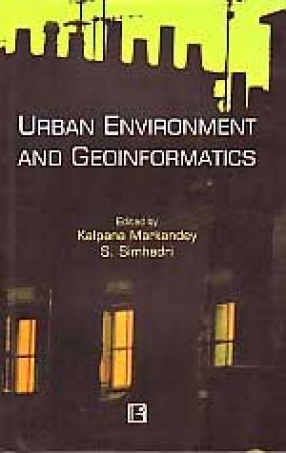Development has been portrayed through the lens of various paradigms. The shift from the classical ‘environmental determinism’ paradigm to the neo-classical paradigm and then the Marxist paradigm has been quite conspicuous. The shifting emphasis has been on the utilization of land and labour so as to optimize the spatial returns in terms of development. Development has been varyingly depicted as ‘economic growth’, ‘modernization’, ‘distributive justice’ and ‘socio-economic transformation’. The glaring contrast between the areas of paucity and areas of plenty at times defies the efforts of the planners. Polarization with regard to development at times finds manifestation in the north-south divide, at times in socio-spatial inequality besides a plenitude of similar contrasting core-periphery scenarios in varying environmental set-ups.
The collection of thirty one articles deal with myriad issues related to spatial dimensions of development and human resources. The papers included in this volume have a wide compass and address a broad spectrum of issues ranging from those of scale in sustainable development and challenges for the 21st century with regard to developmental and environmental issues on the one hand and specific case studies pertaining to places as diverse as Ladakh, Sikkim, Kerala, Bihar, Chhattisgarh and Orissa on the other. Studies by international scholars of specific Indian scenarios or those by Indian scholars of issues on a continental scales are also included, apart from studies by international scholars of their own societies and cultures.










There are no reviews yet.